At 277 miles long, 18 miles wide and more than a mile deep, it’s hard to fully appreciate the grandeur for which this monstrous canyon is named. During our 6-hour hike into its depths, we saw but a sliver of its grandiose. It’s one thing to take a photograph of this beast, but it’s whole different ball-game when you’re descending into the cracks. For the record, I’d like to note that Arizona is a generally shabby state and with the exception of the Grand Canyon, I think we should sell the land to Mexico. Just saying.
The Grand Canyon
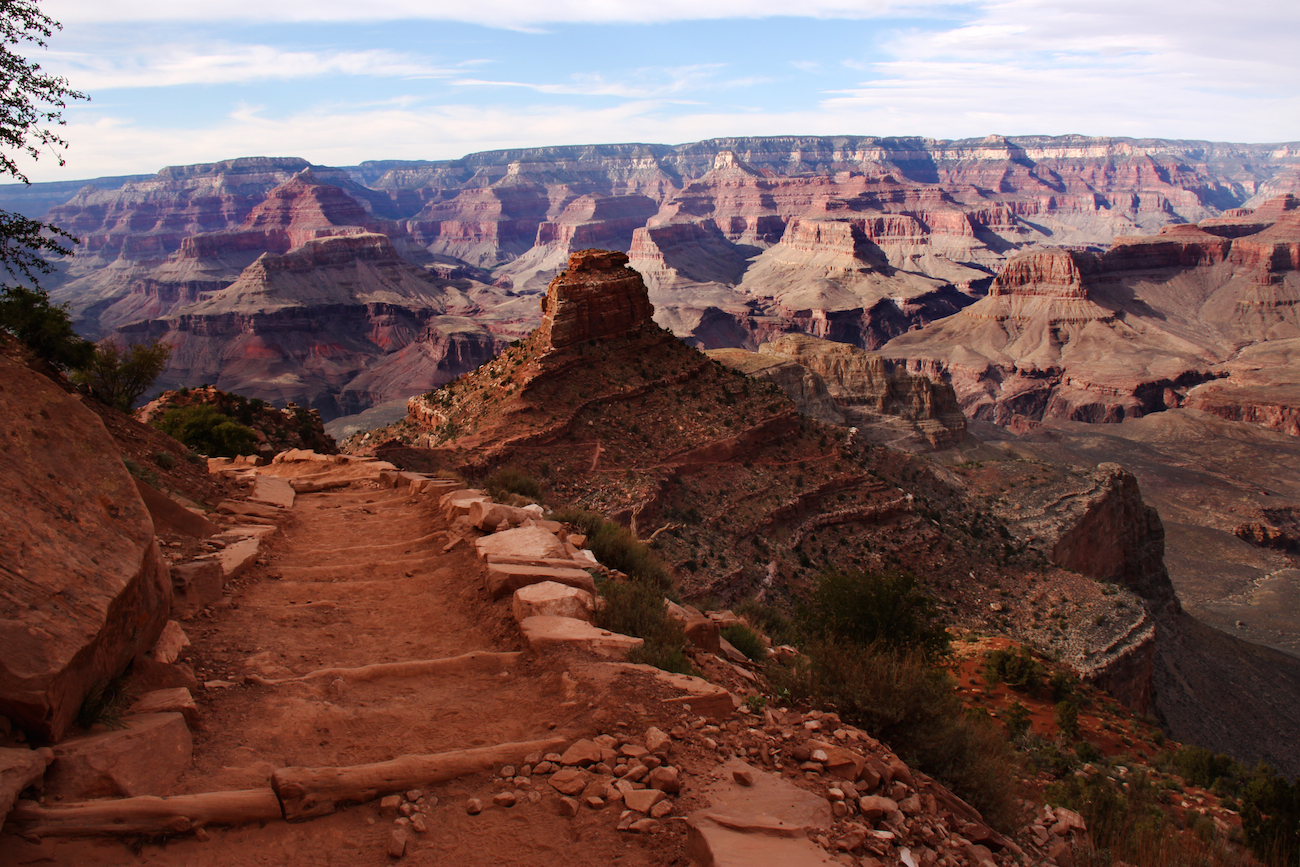
Our trip to the Grandy was nearly cut from the roster when we found out the north rim would be closed until mid-May. In a very uncertain turn of events, we ended up on the south rim anyway, camping at the Moran Point Lookout, which of course, you guessed it, is against the rules. Whatever. Anyway, we caught our first glimpse of the canyon at sunrise when we woke up to the voices of tourists snapping pictures.
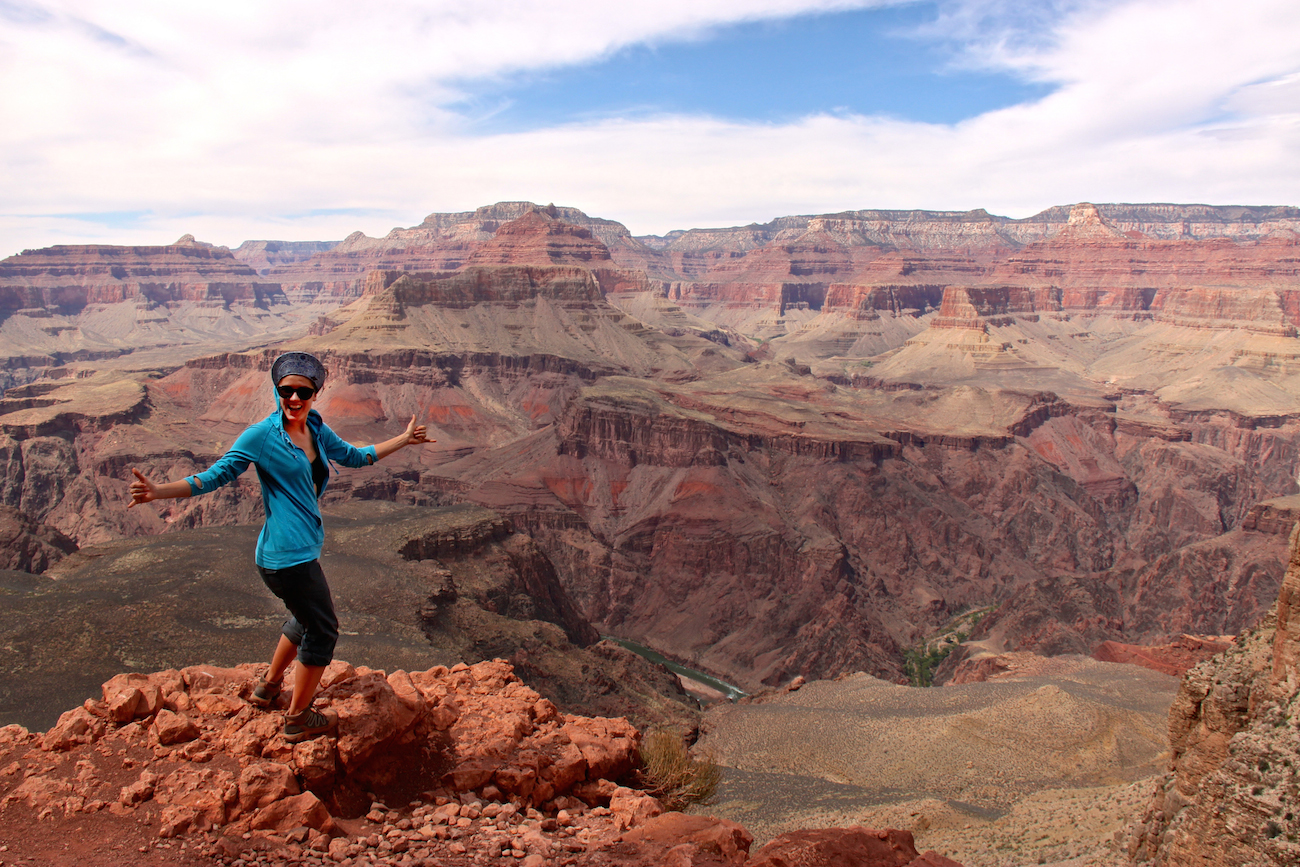
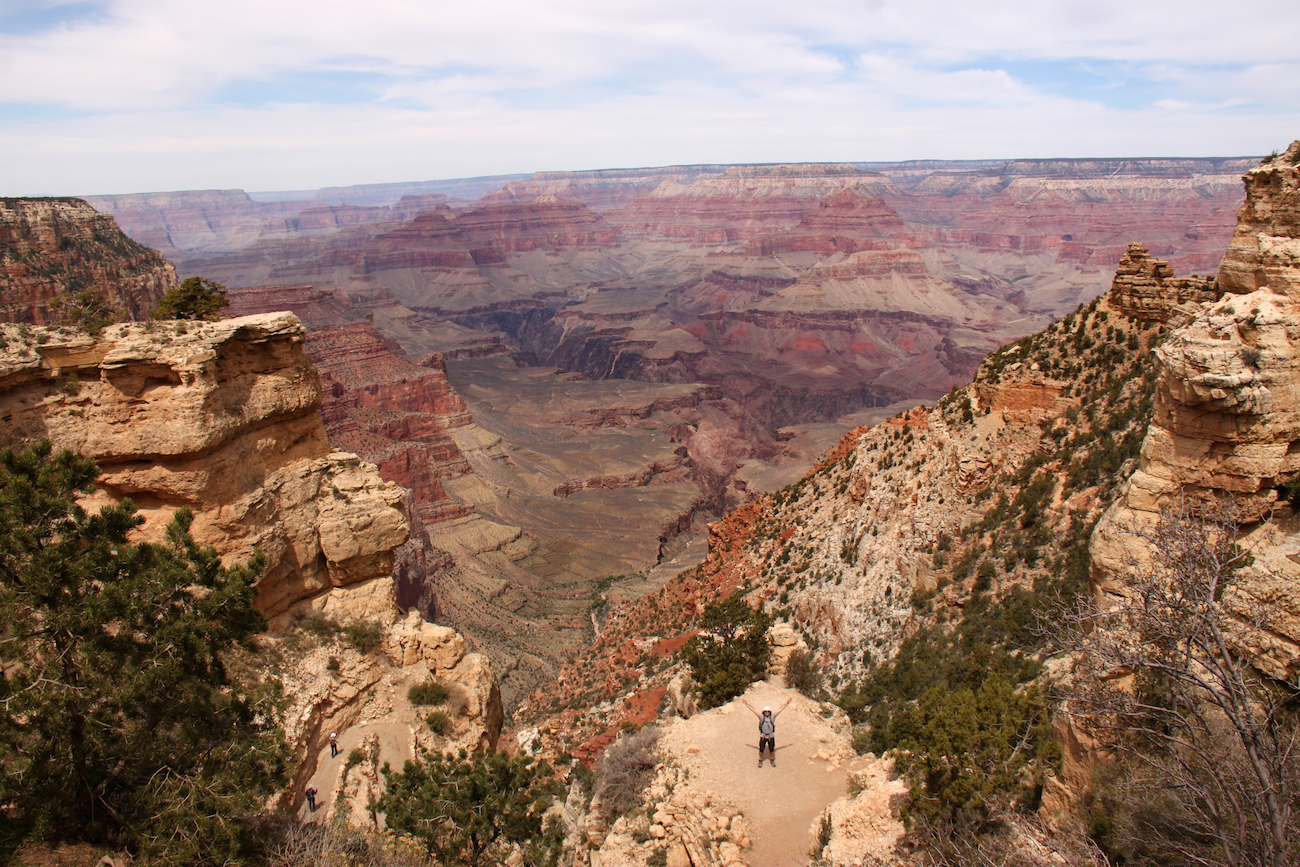
At the suggestion of the first park ranger we saw, we decided to hike the Skeleton Point trail. On paper, this “strenuous” trail takes between 4 to 6 hours to complete. What we didn’t realize was that this trail doesn’t end at Skeleton Point as it appears on the map, but continues all the way down to the river. We hiked for an hour and half beyond this point and still returned to the top in less than 6 hours. Had we been more prepared, we could have made it all the way to the river. Of course, the park strongly advises its visitors NOT to hike to the river and back in a single day, which is why they print such deceptive maps, but what they don’t print is that these rules are mostly in place for people who are overweight, over-confident and obliviously out of shape.”

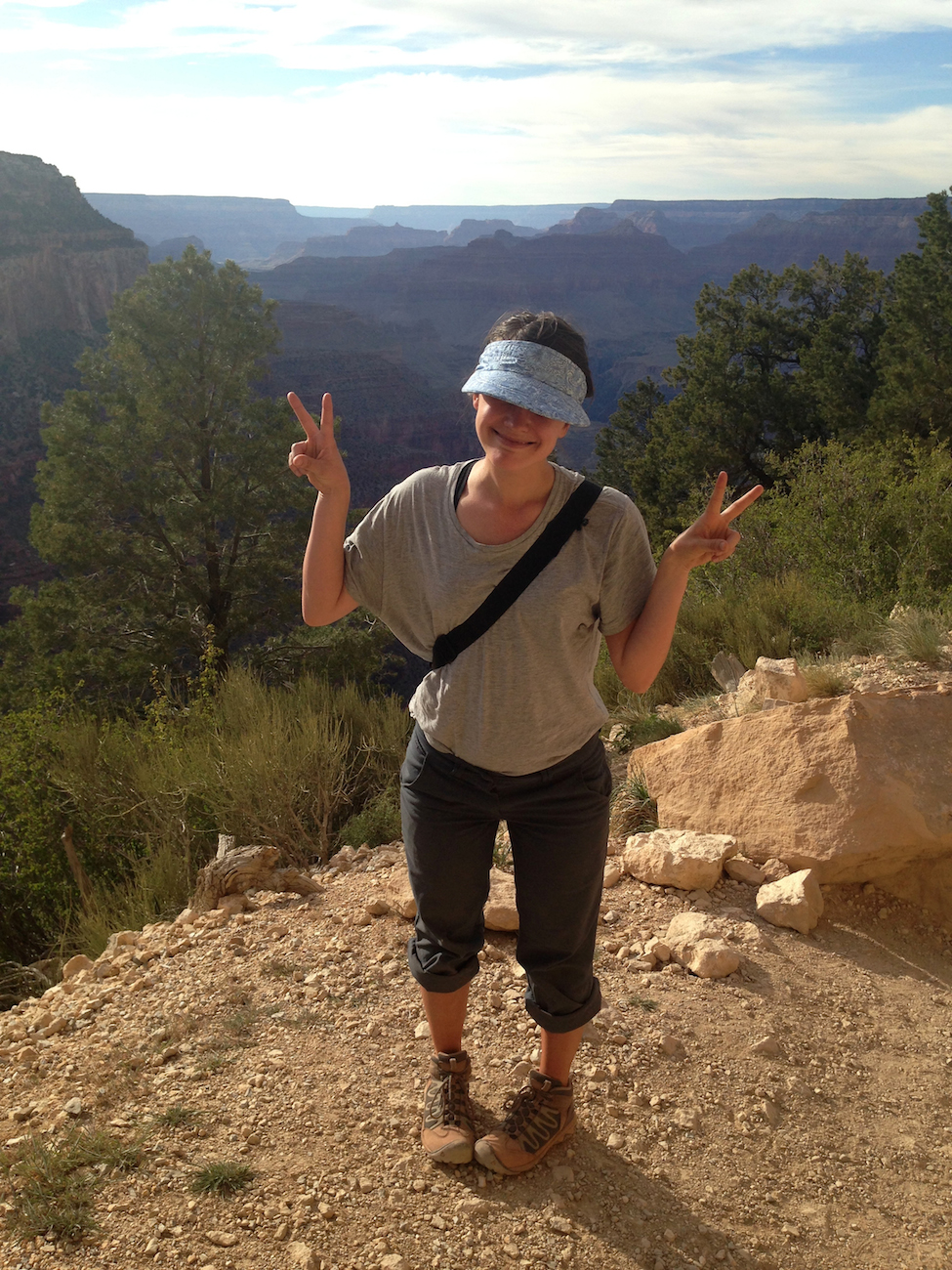
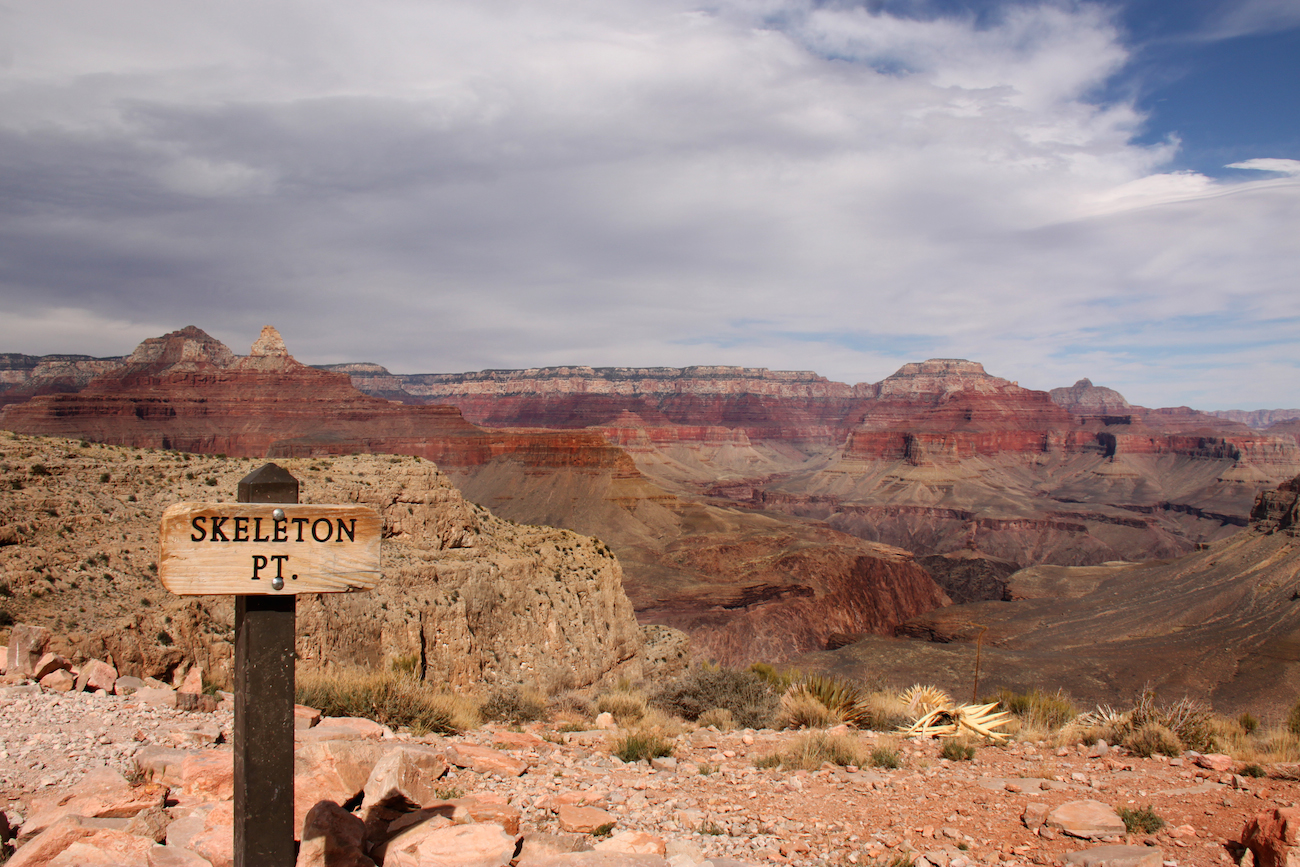
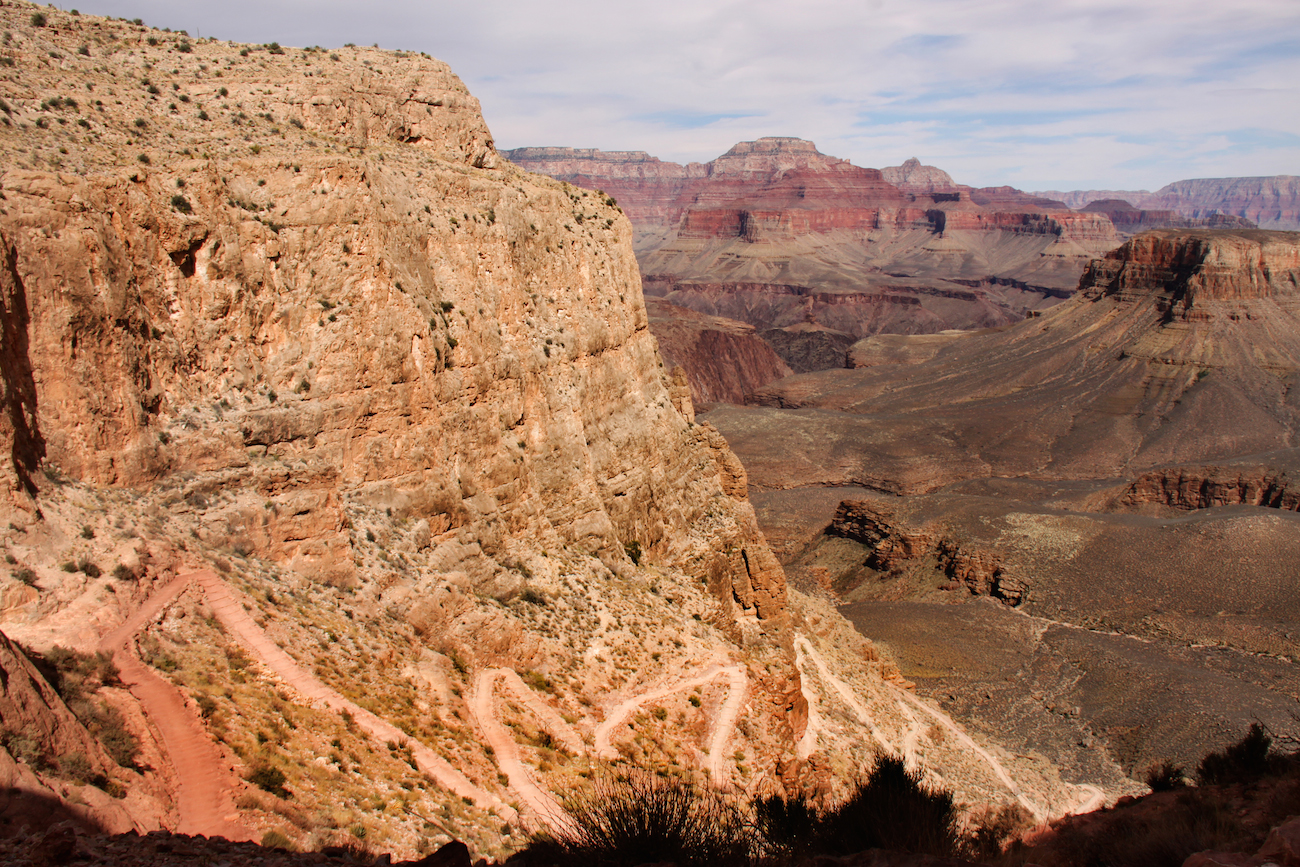
Still, it is easy to forget what a harsh environment the canyon really is. Between the canyon floor and its highest points, there can be as much as a 30-degree temperature difference. Unassuming rain clouds can quickly create life-threatening flash-floods, and light breezes can turn into body-moving gusts without notice. Not to mention the trek into the canyon is a consistent downhill grade, so it’s a deceptively easy hike that can easily trick people into going further than planned. On the way up however, it’s, well, all uphill. The rangers’ mantra is, “Going down is optional. Coming back up is mandatory.” You plug an eager, fat, American family into that equation and you’ll need to call in a rescue chopper by sunset.
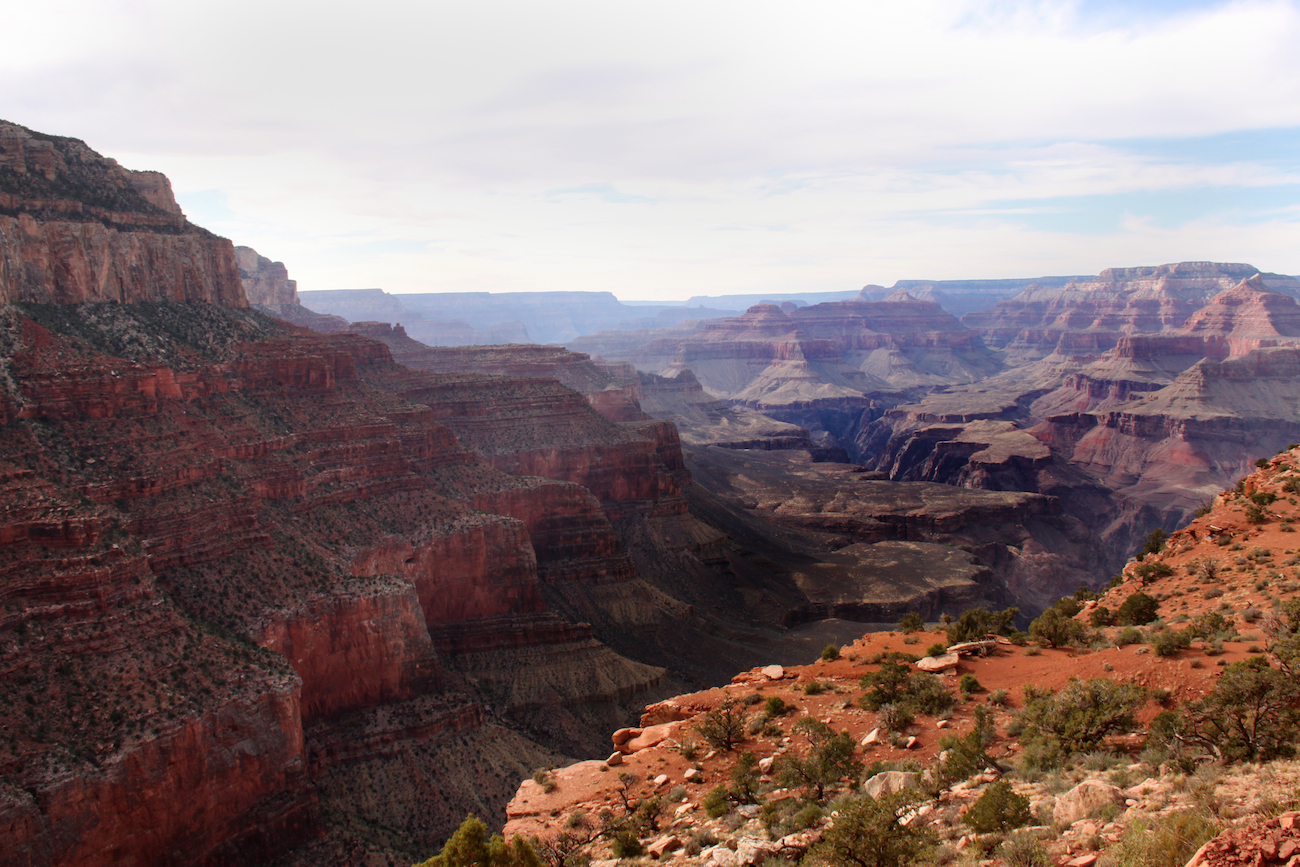
Anyway, the lower you go into the canyon, the more you realize just how magnificent it really is. It’s a whole different perspective when you’re looking up at the canyon walls instead of down into them. The strangest part of it all is how drastically the landscape changes from the canyon outward. The craggy canyon is a harsh, rugged piece of geological artwork, but on its fringes, it’s green and full of life. There are plenty of elk and jackrabbits to be seen, and according to the road signs, there are mountain lions too.
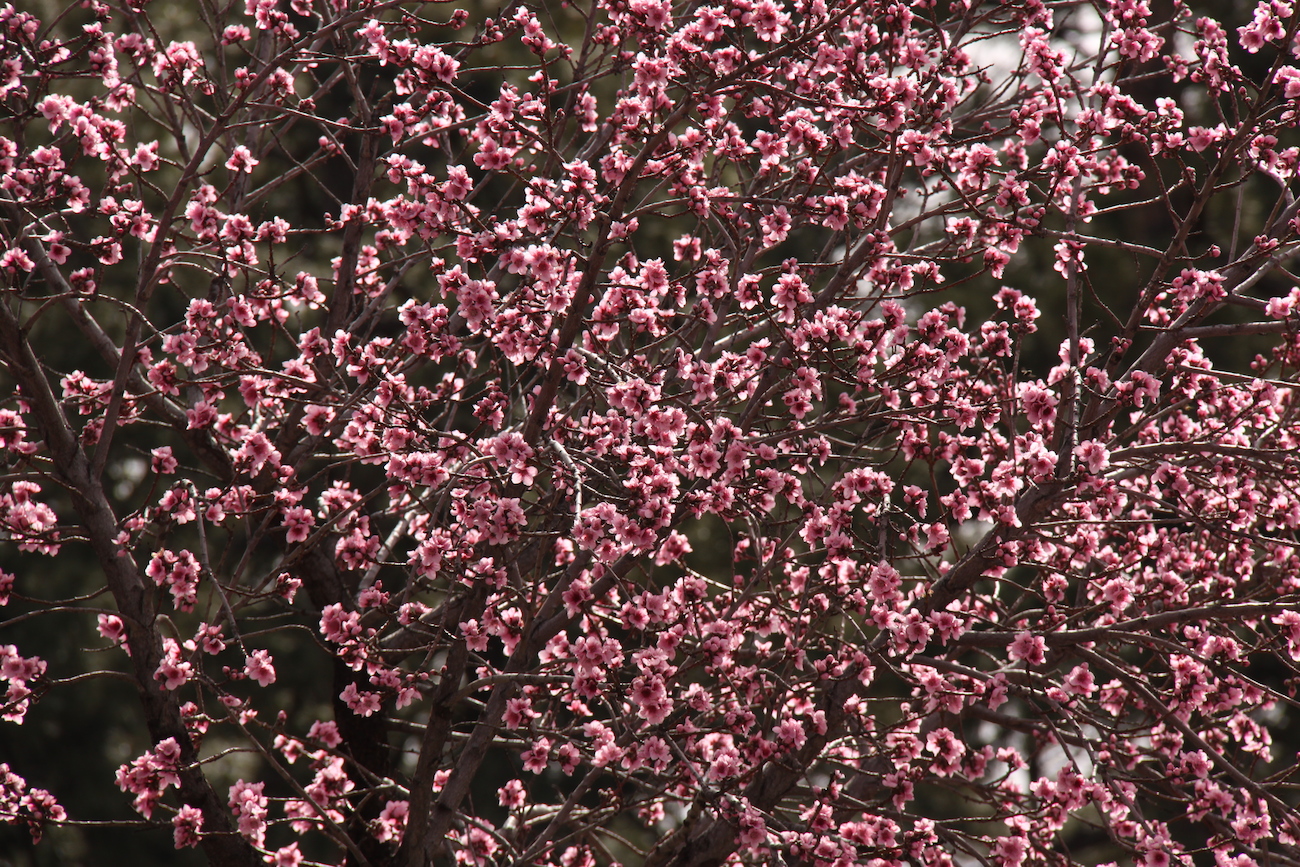
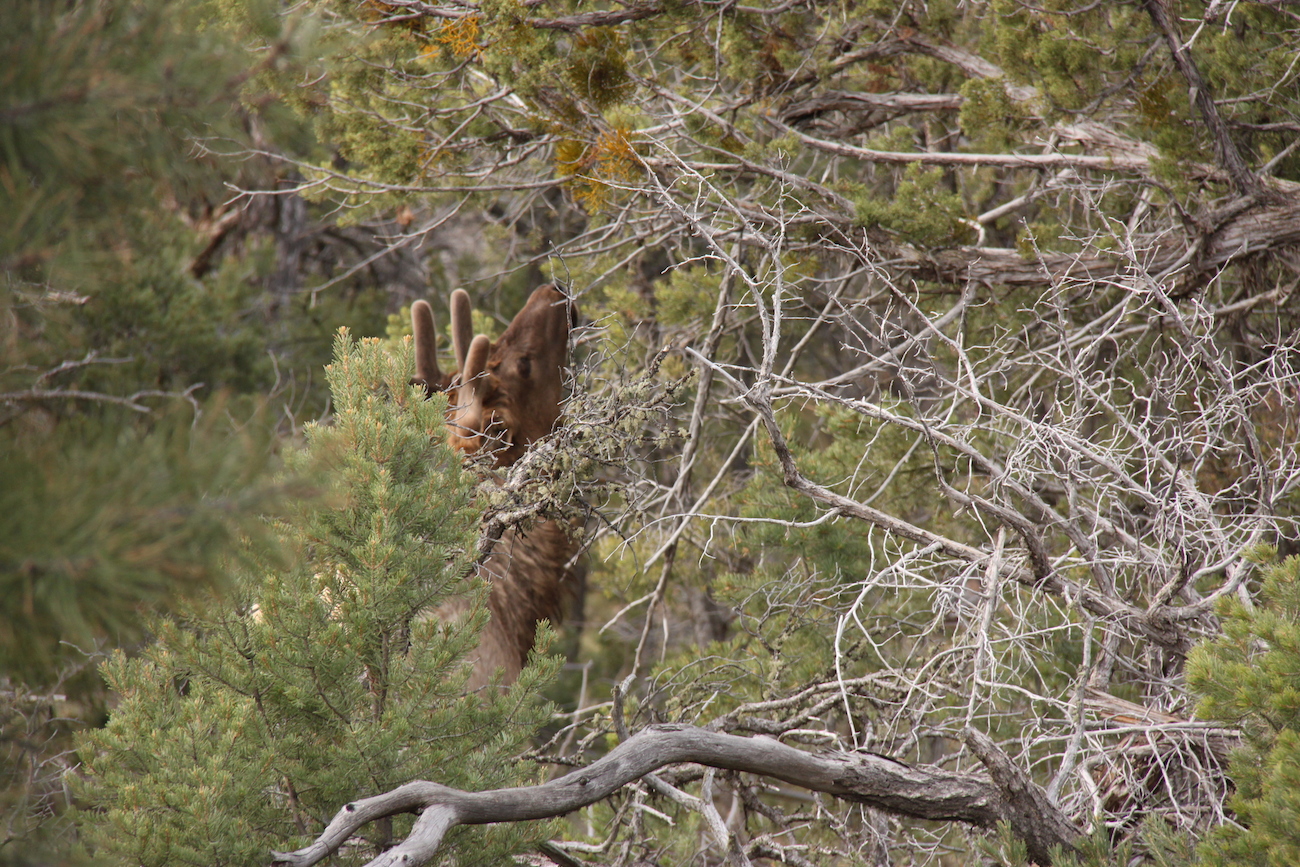
Copper Sunset
After a full day in the Grandy, we couldn’t leave without watching the sun go down. In a fateful turn of events (mostly me creeping around and stalking a particularly interesting photographer), we ended up with a new destination for our roadtrip: The White Sands National Monument.
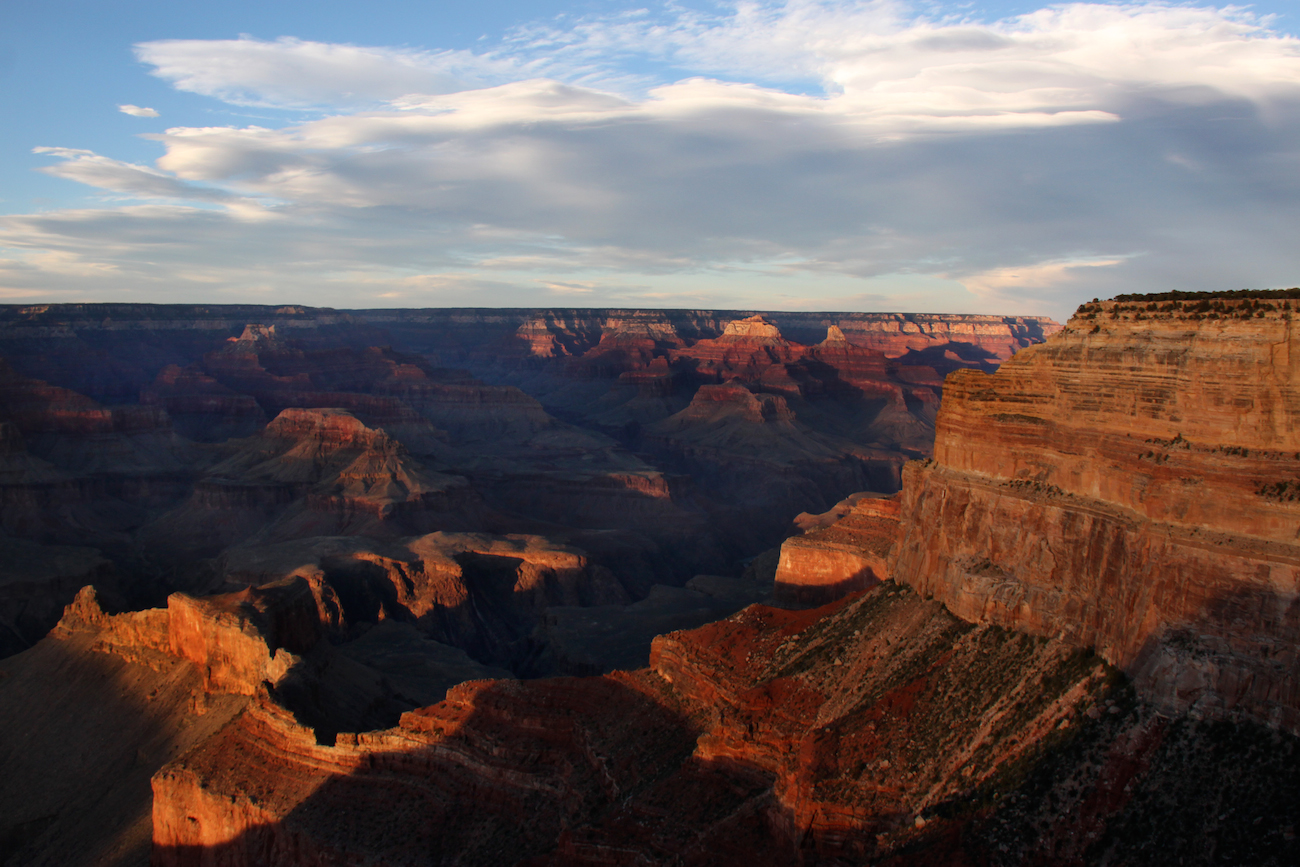
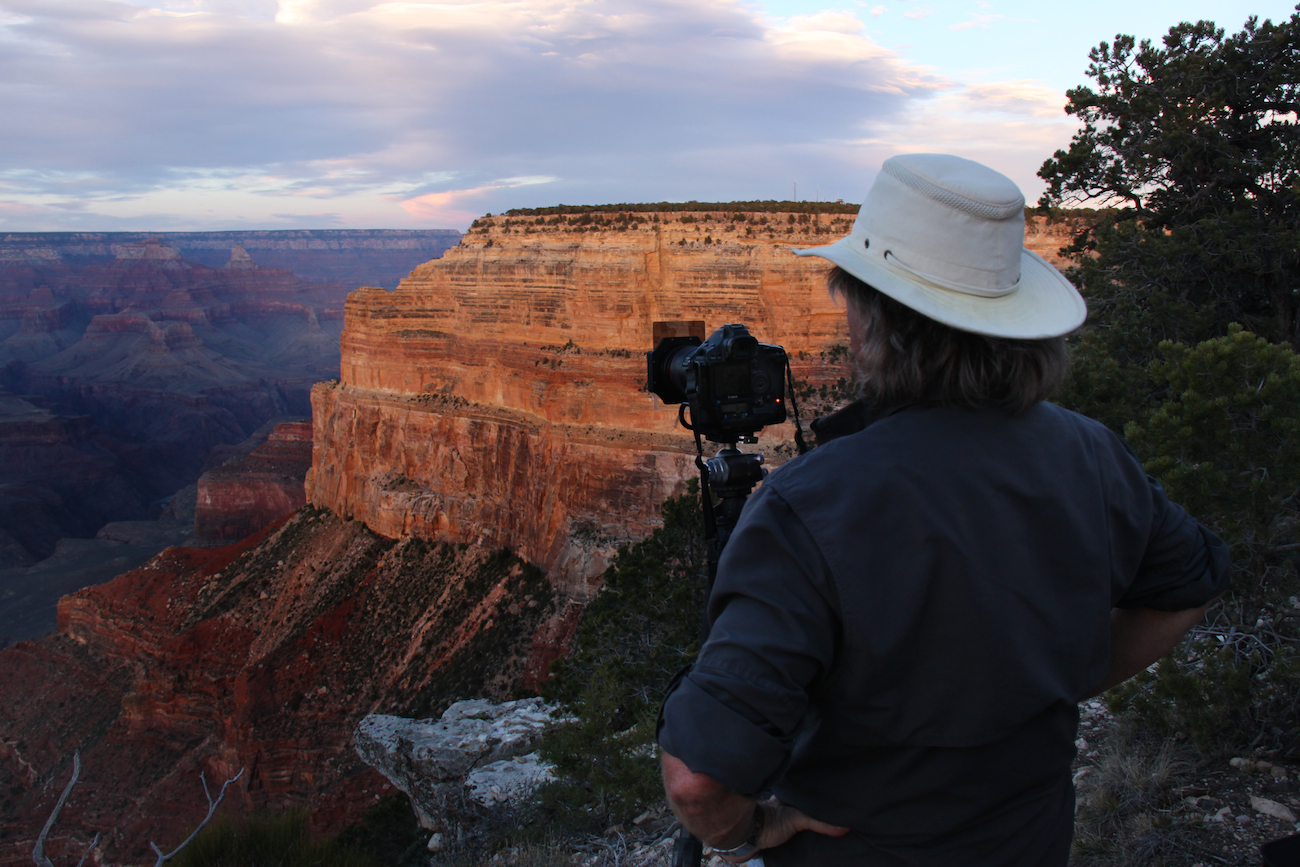
As it turned out, the guy I was bothering happened to be a Nat Geo contributor, and a generally awesome dude who photographs landscapes for a living, specifically in the southwest. Thanks to his words of wisdom, Alex and I had V.I.P. seats for the lunar eclipse.
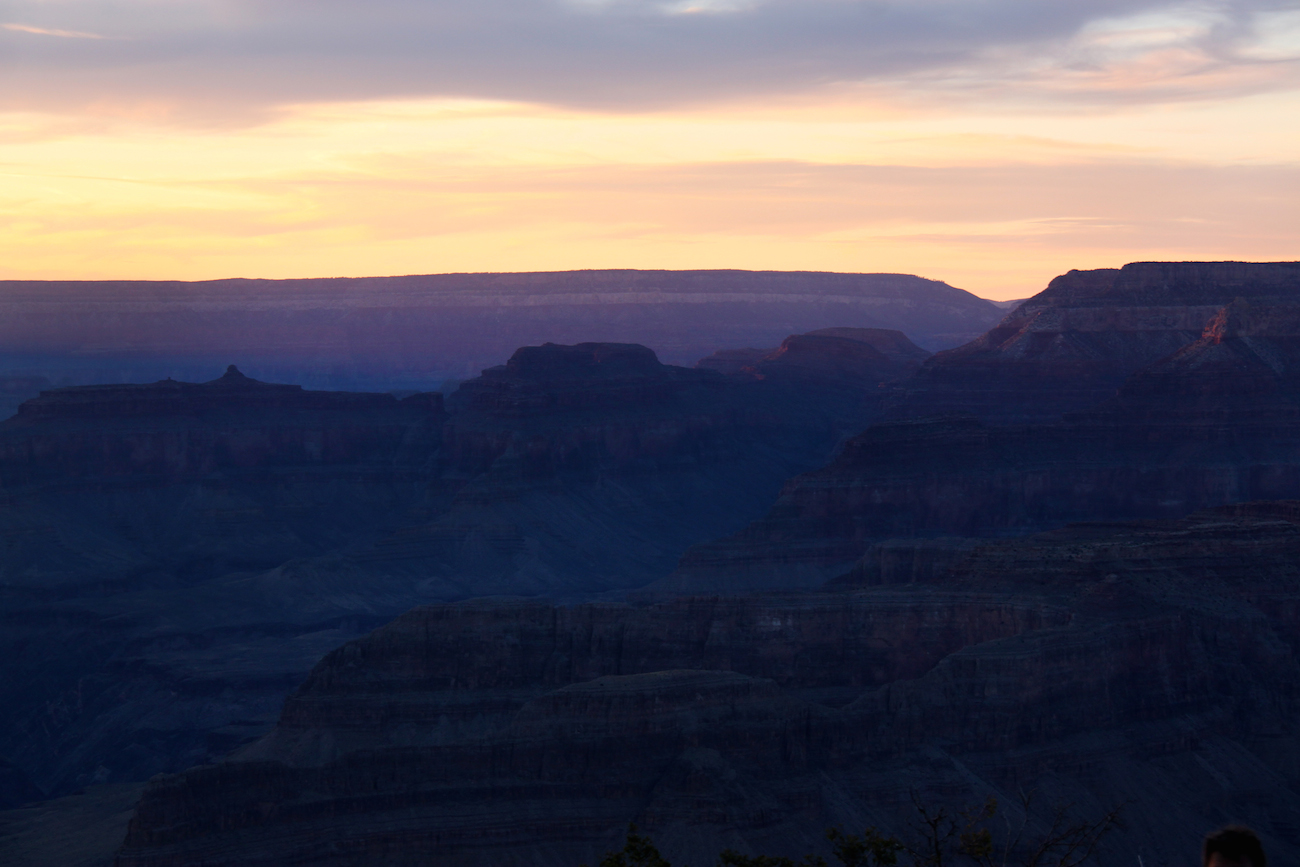
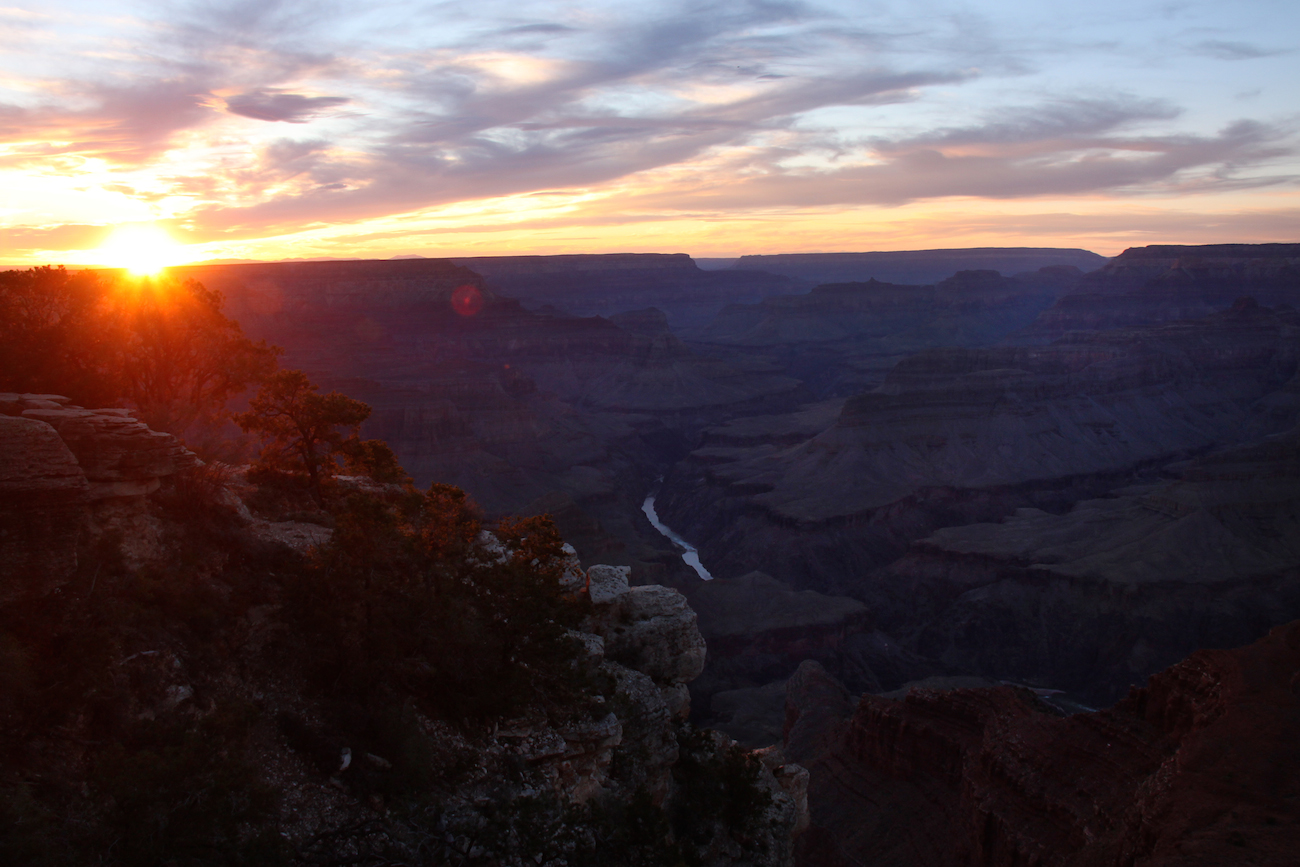
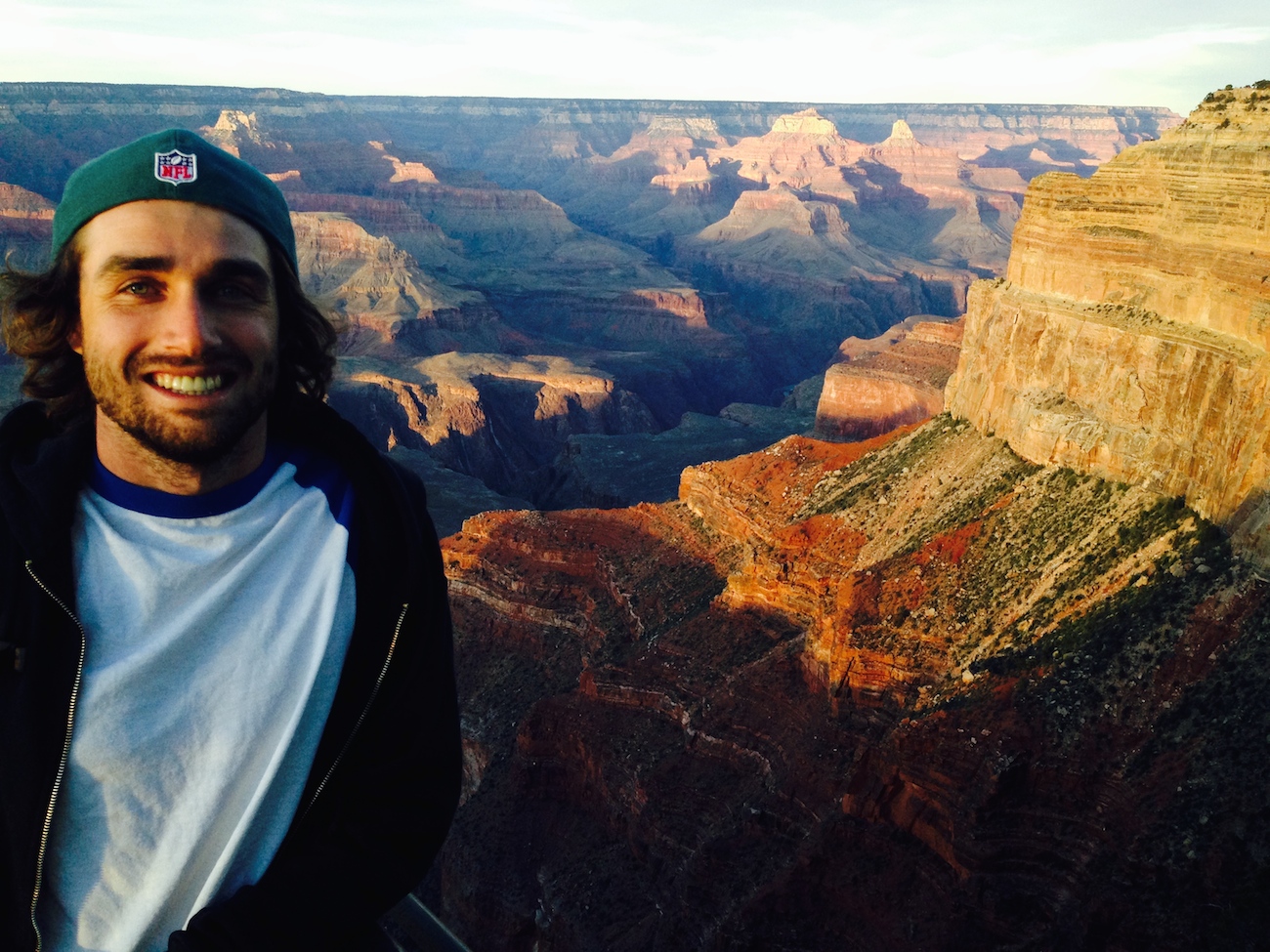
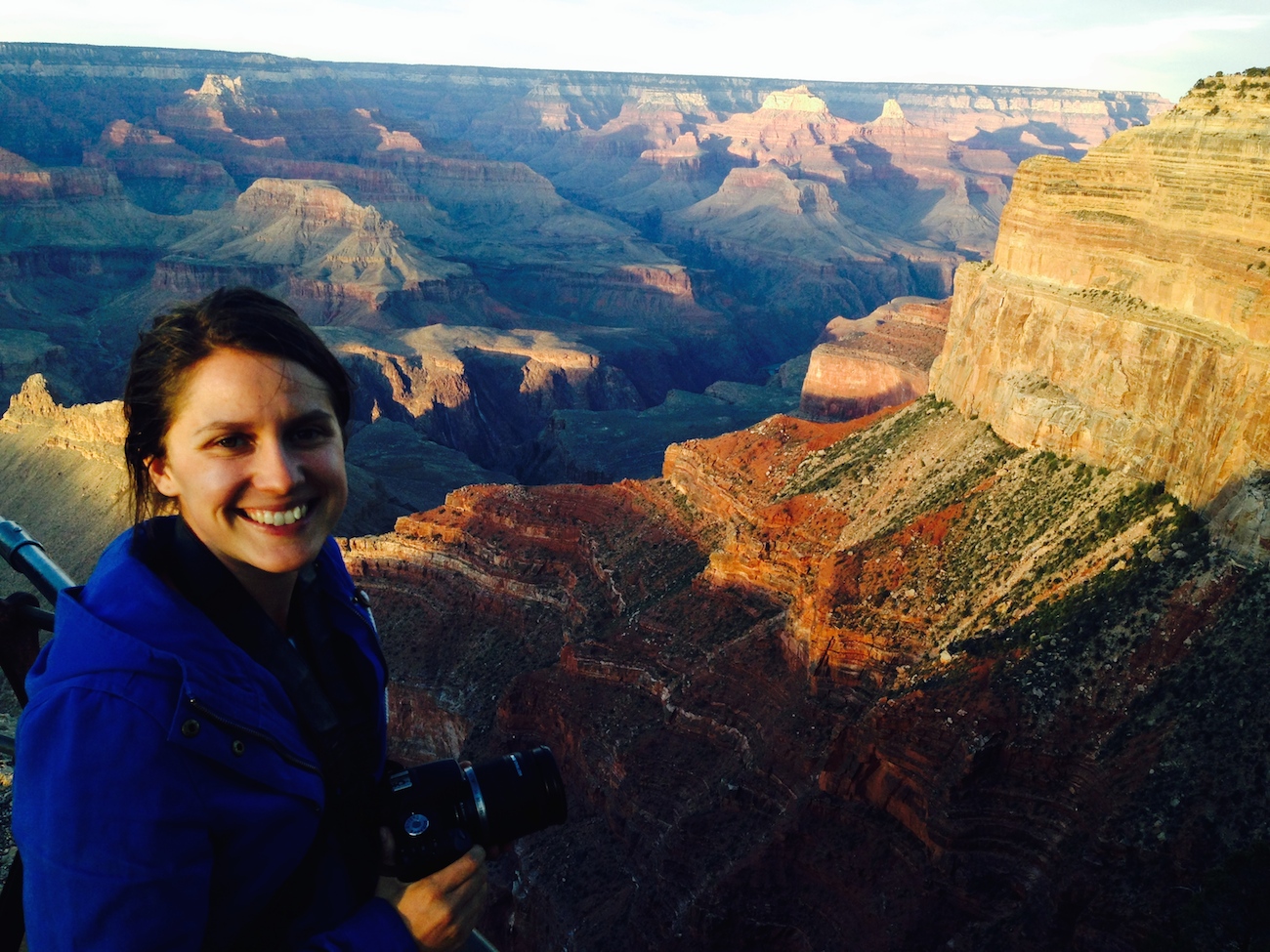
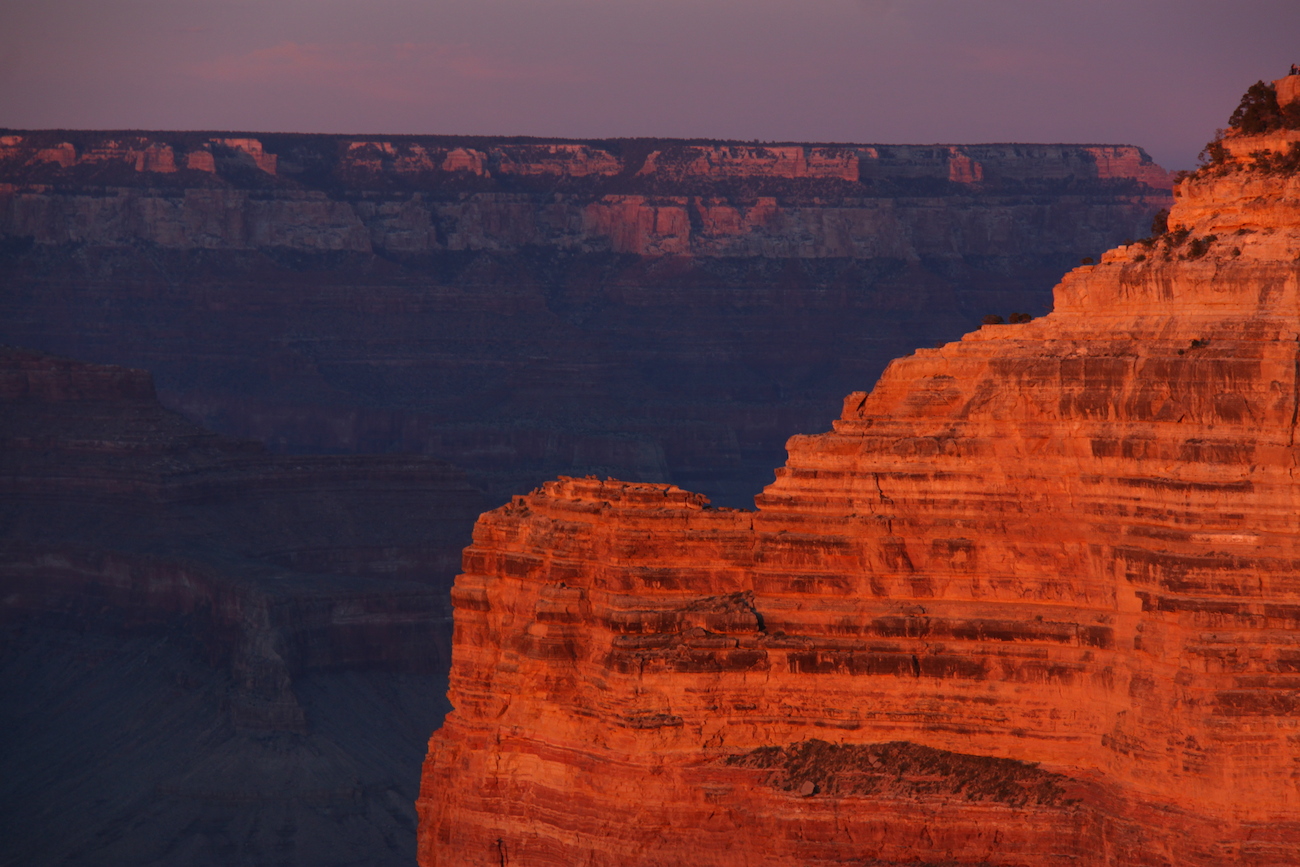
Looking for Something?
Recent Posts
- Walk With Me November 21, 2018
- ASS: 8 – Hallo-What November 2, 2017
- ASS: 7 – Mullet Mobiles & Utes October 17, 2017
- ASS: 6 – Creatures June 24, 2017
- ASS: 5 – R Displacement June 19, 2017
- ASS: 4 – Australian Accents June 12, 2017
- ASS: 3 – Toilets May 29, 2017
- ASS: 2 – Test Cricket May 21, 2017

